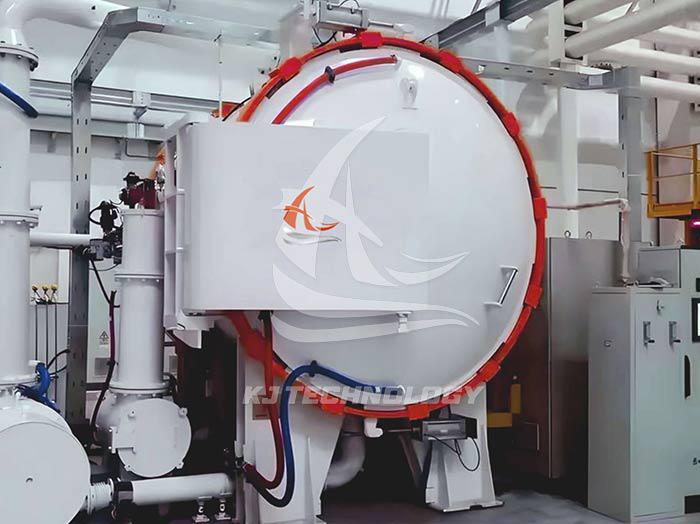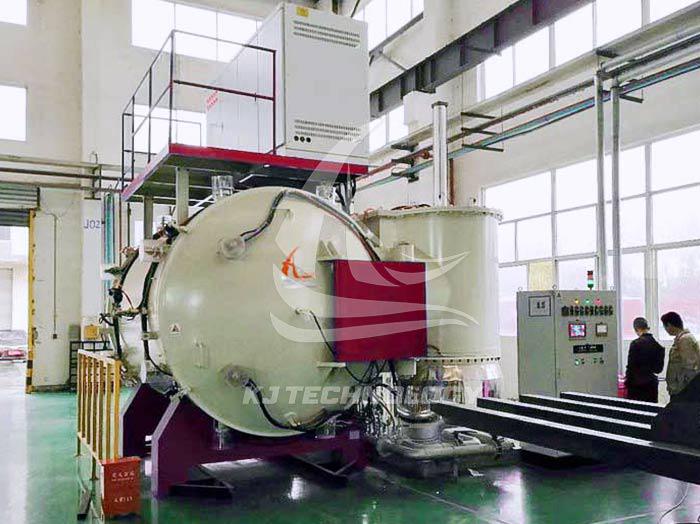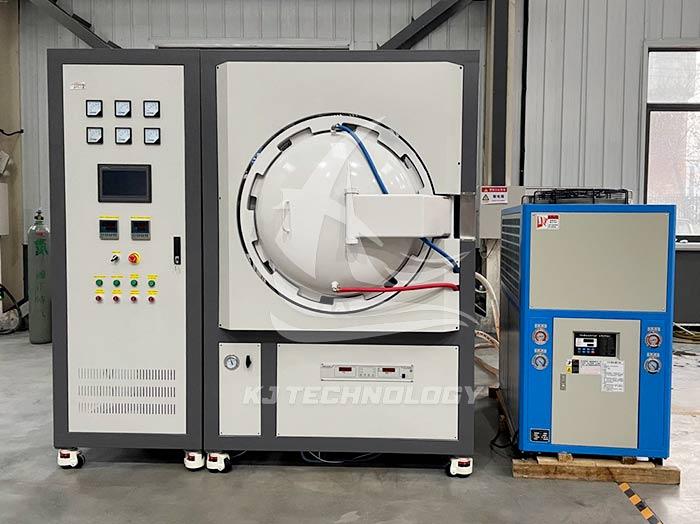What are the uses of vacuum annealing furnaces?
 03-27-2025 Author: KJ technology
03-27-2025 Author: KJ technology
The vacuum annealing furnace has a wide range of applications, mainly reflected in the following aspects:
1. Annealing treatment of metal materials
stainless steel:
Stress relief annealing: eliminates residual stress generated during processing, prevents deformation and cracking.
Bright annealing: carried out under vacuum or protective atmosphere to prevent surface oxidation and obtain a bright surface quality.
Titanium alloy:
Improving processing performance: By annealing, the hardness is reduced and the machinability of the material is improved.
Improve corrosion resistance: Optimize microstructure and enhance material's corrosion resistance.
High carbon steel and alloy tool steel:
Spheroidization annealing: Transforming the hypereutectoid structure into spherical pearlite, improving cutting performance and quenching process performance.
Precision alloy:
Precise control of organizational structure: meets applications with extremely high performance requirements, such as aerospace, nuclear industry, etc.
2. Semiconductor Material Processing
Silicon wafer annealing:
Eliminating internal stress: improving electrical performance, ensuring the stability and reliability of the chip.
Improving crystal structure: optimizing the electrical properties of semiconductor materials and enhancing device performance.
3. Ceramic material processing
Ceramic sintering:
Improve density: sinter in a vacuum environment to avoid oxidation and prepare high-performance ceramic products.
Optimize performance: Enhance the strength, hardness, and wear resistance of ceramics.
Ceramic coating sintering:
Enhance adhesion: Improve the bonding strength between the coating and the substrate, and extend the service life.
Improve corrosion resistance: Enhance the stability of the coating in harsh environments.
4. Other material processing
compound material:
Optimize interface bonding: Improve the bonding between the reinforcement and the matrix through annealing, and enhance overall performance.
Powder metallurgy materials:
Improve density and performance: sinter in a vacuum environment to prepare high-performance powder metallurgy products.
5. Scientific research and experimentation
Material research:
Research on material phase transition and microstructure evolution: providing experimental support for the development of new materials.
Process optimization:
Exploring the optimal annealing process parameters: improving material properties and production efficiency.
6. Industrial application advantages
Improve product quality: By precisely controlling temperature and time, ensure consistency in material properties.
Reduce defect generation: avoid oxidation, decarburization and other defects, and improve yield.
Energy saving and environmental protection: Efficient heating methods and vacuum environments reduce energy consumption and environmental pollution.








